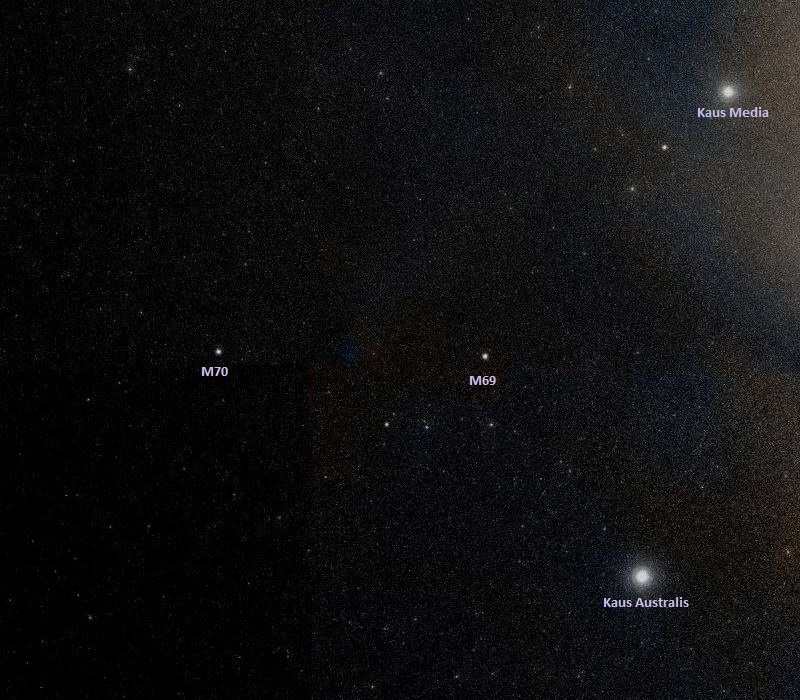
Located in the Sagittarius Constellation, roughly 29,700 light-years from Earth, is the globular cluster known as Messier 69
Continue reading
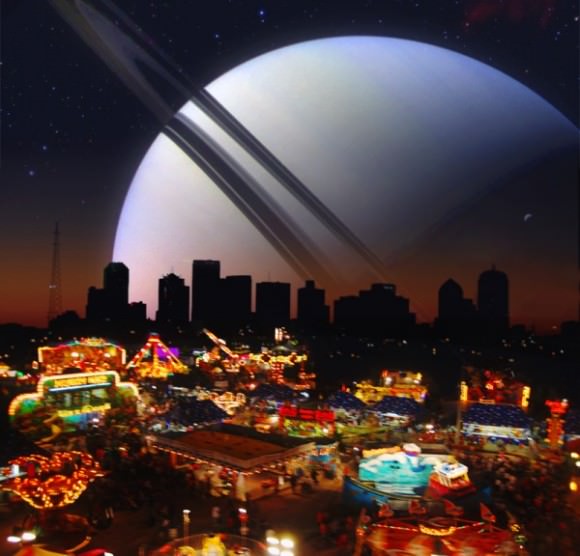
Continue reading
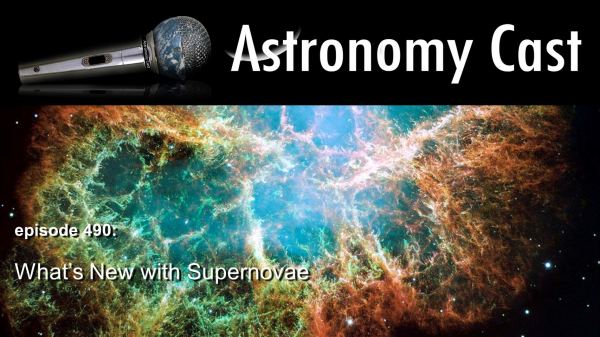
Continue reading
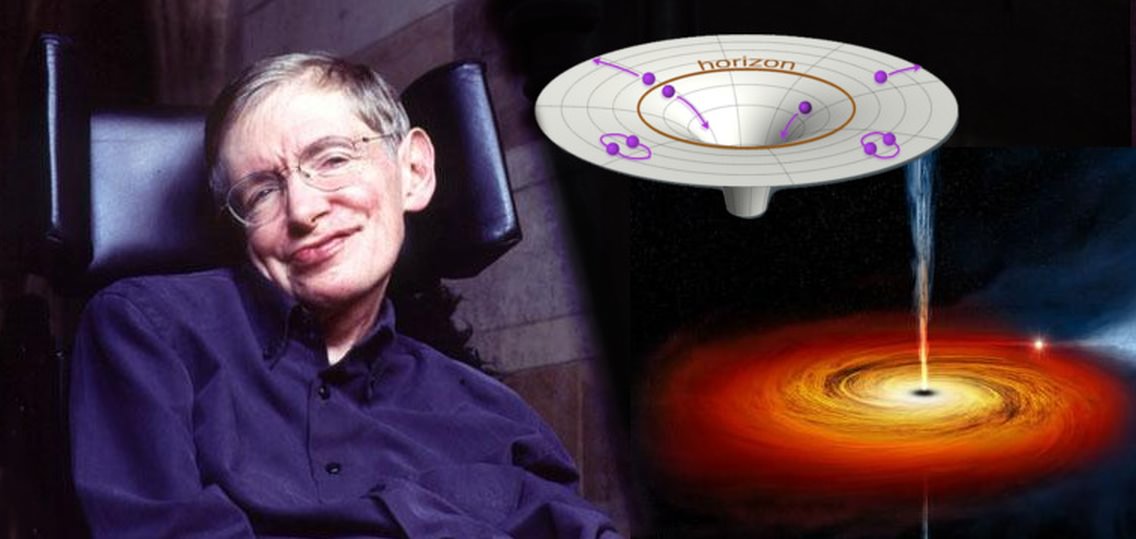
Stephen Hawking's final theory, which was recently published, offers an new take on the Big Bang Theory that could revolutionize the way we think of the Universe
Continue reading
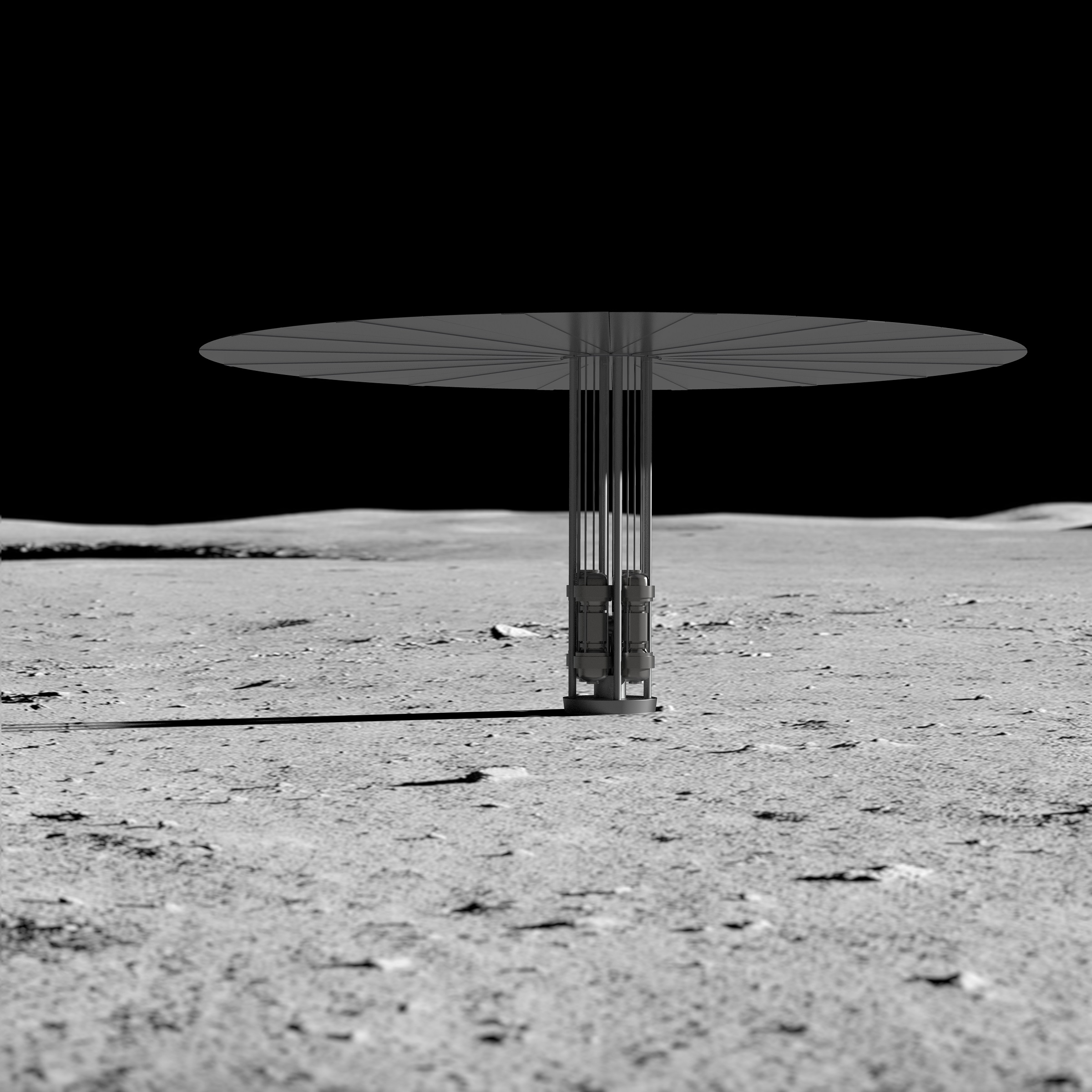
In collaboration with the Department of Energy, NASA recently conducted a successful demonstration of a new fission system that could enable long-duration missions to the Moon, Mars, and beyons
Continue reading
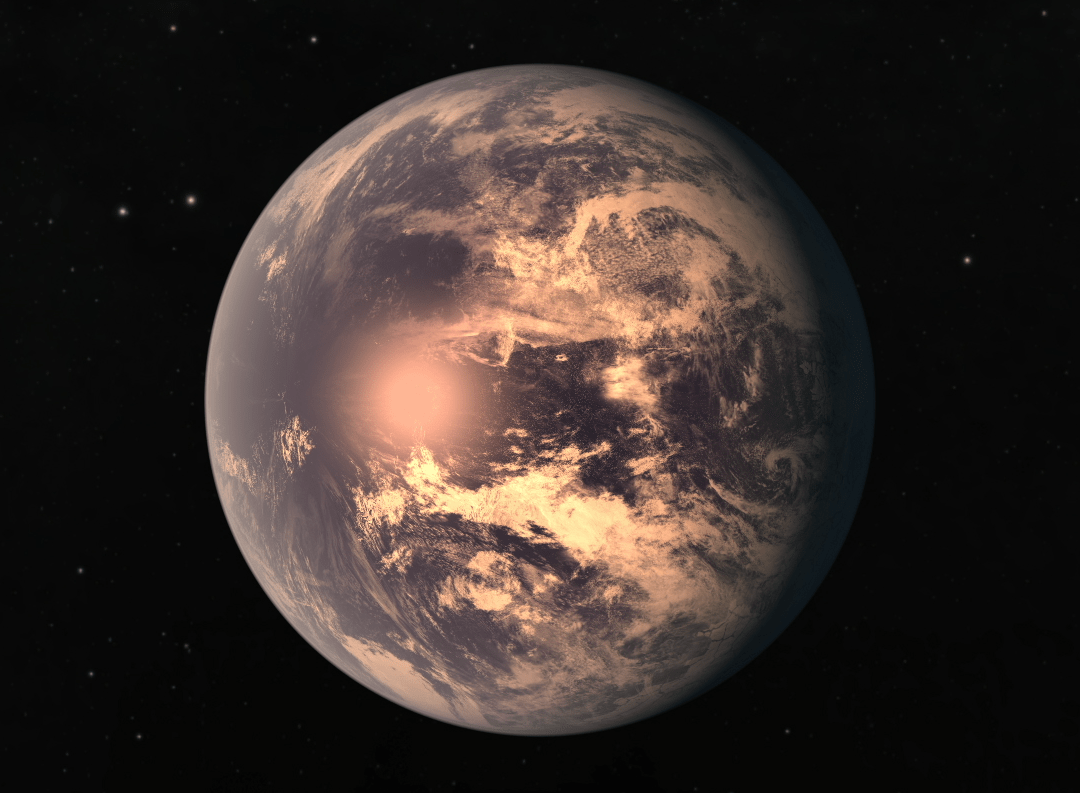
According to a new study by a team of Columbia University's Cool Worlds Lab, one of the TRAPPIST-1 planets had a large iron core, which could have immense implications for its habitability.
Continue reading
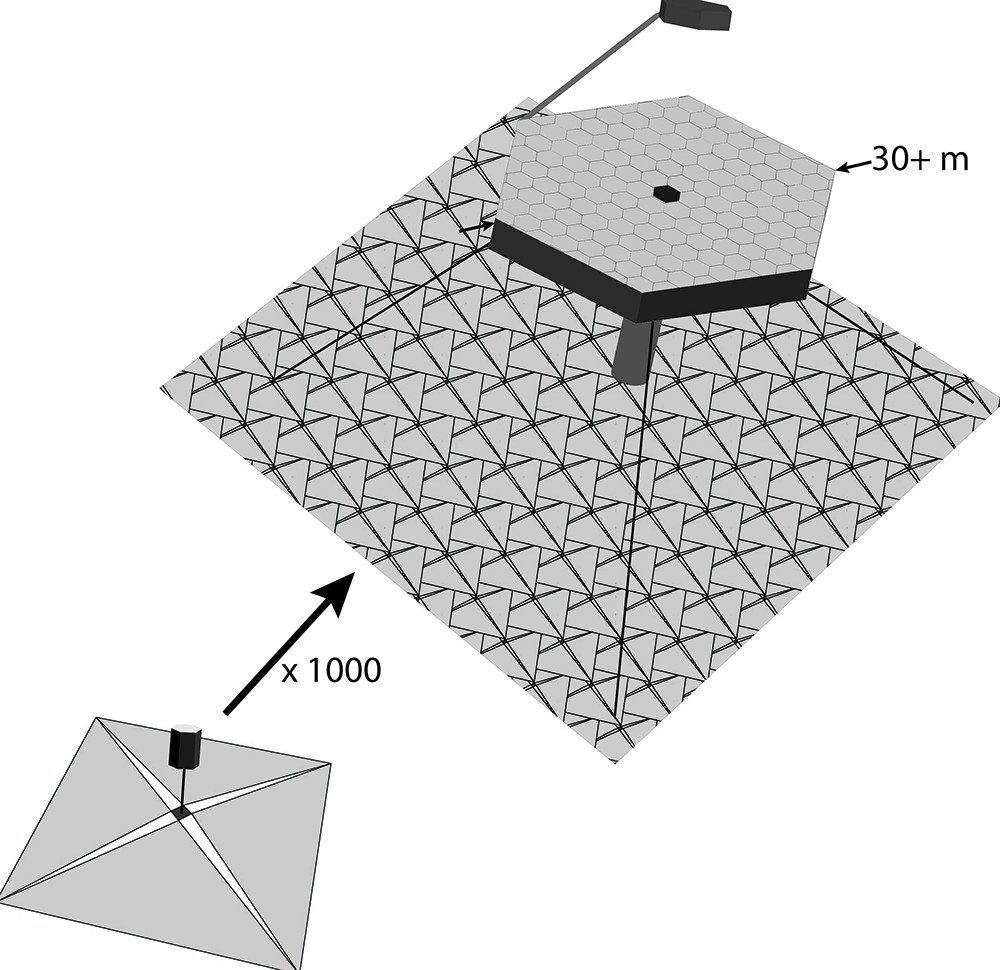
As part of the 2018 NASA Innovative Advanced Concepts (NAIC) program, a team of scientists from across the US was recently given a Phase I award for their self-assembling space telescope concept.
Continue reading
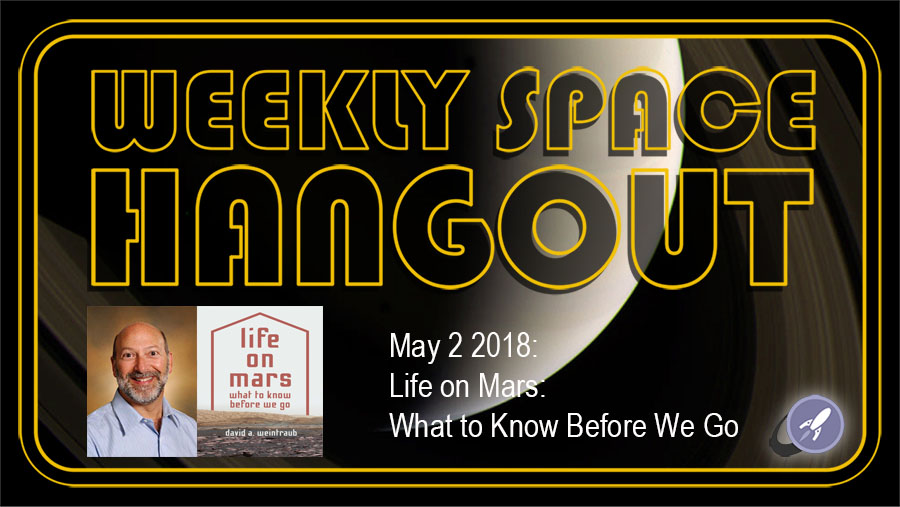
Continue reading
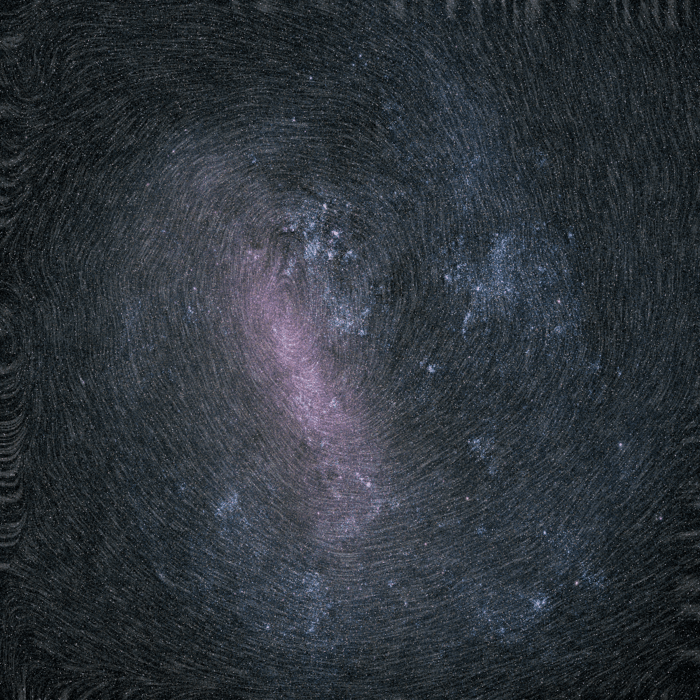
In addition to revealing the proper motion of over a billion stars in the Milky Way, the 2nd data release from the Gaia mission also revealed the proper motions of stars in the Large Magellanic Cloud.
Continue reading
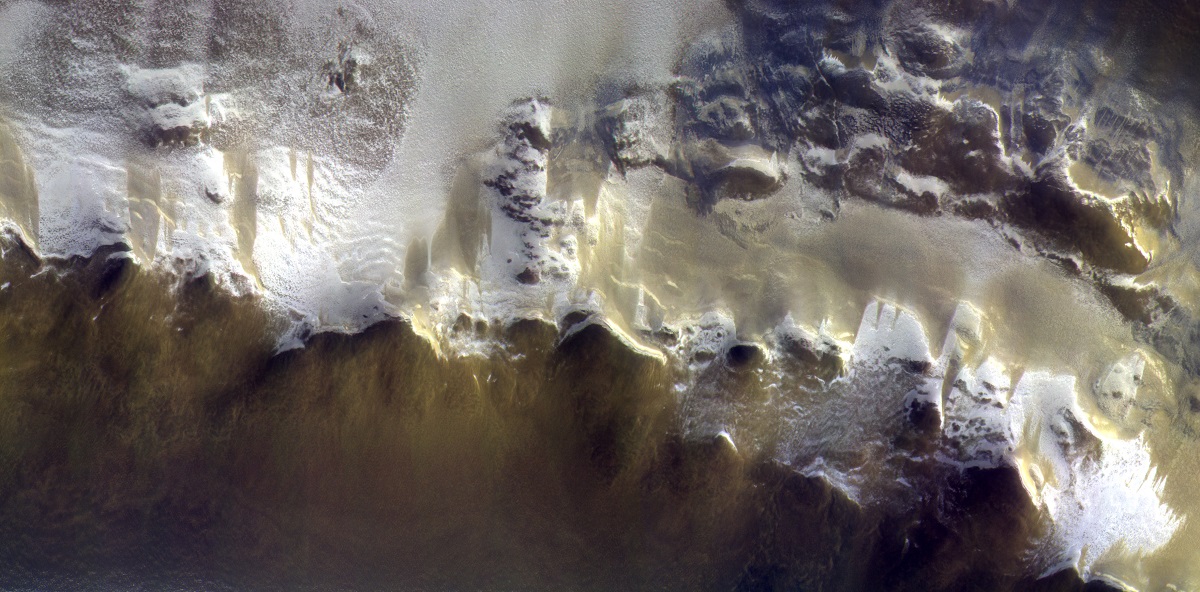
ExoMars mission's Trace Gas Orbiter (TGO) recently sent back its very first image, which shows the ice-covered edge of the Korolev Crater
Continue reading
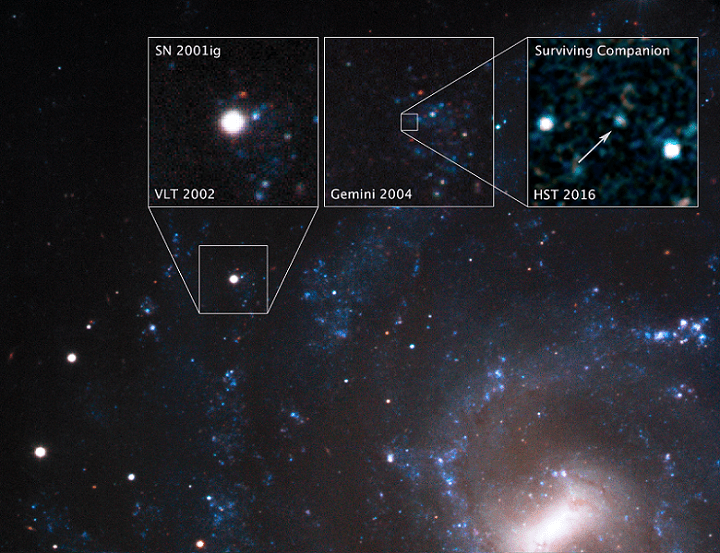
Using the Hubble Space telescope a team of astronomers have found the companion of a supernova for the first time, thus proving that some supernovae originate in binary systems.
Continue reading

Continue reading
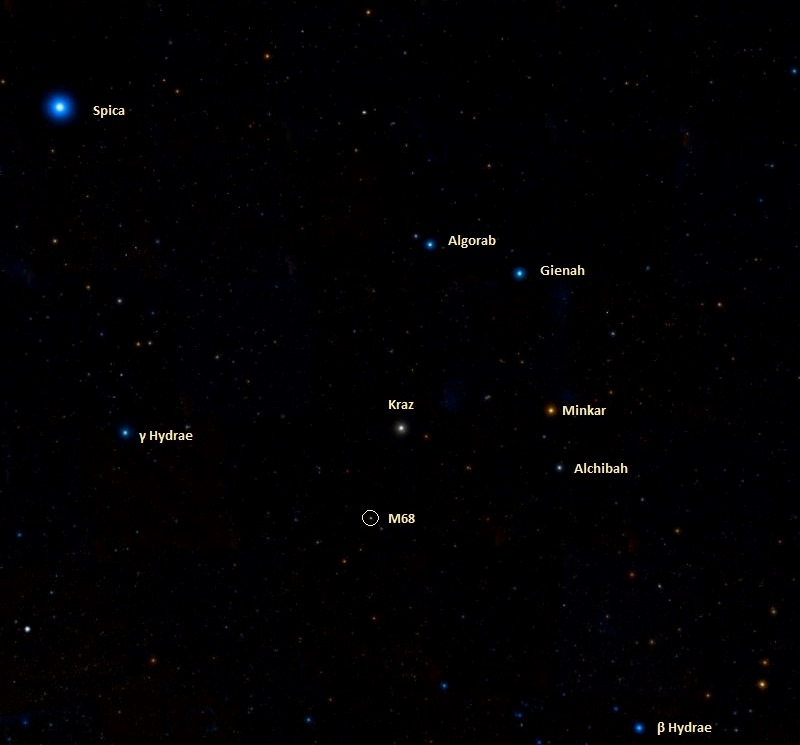
Located in the Hydra constellation, roughly 33,000 light years from Earth, is the globular cluster known as Messier 68
Continue reading
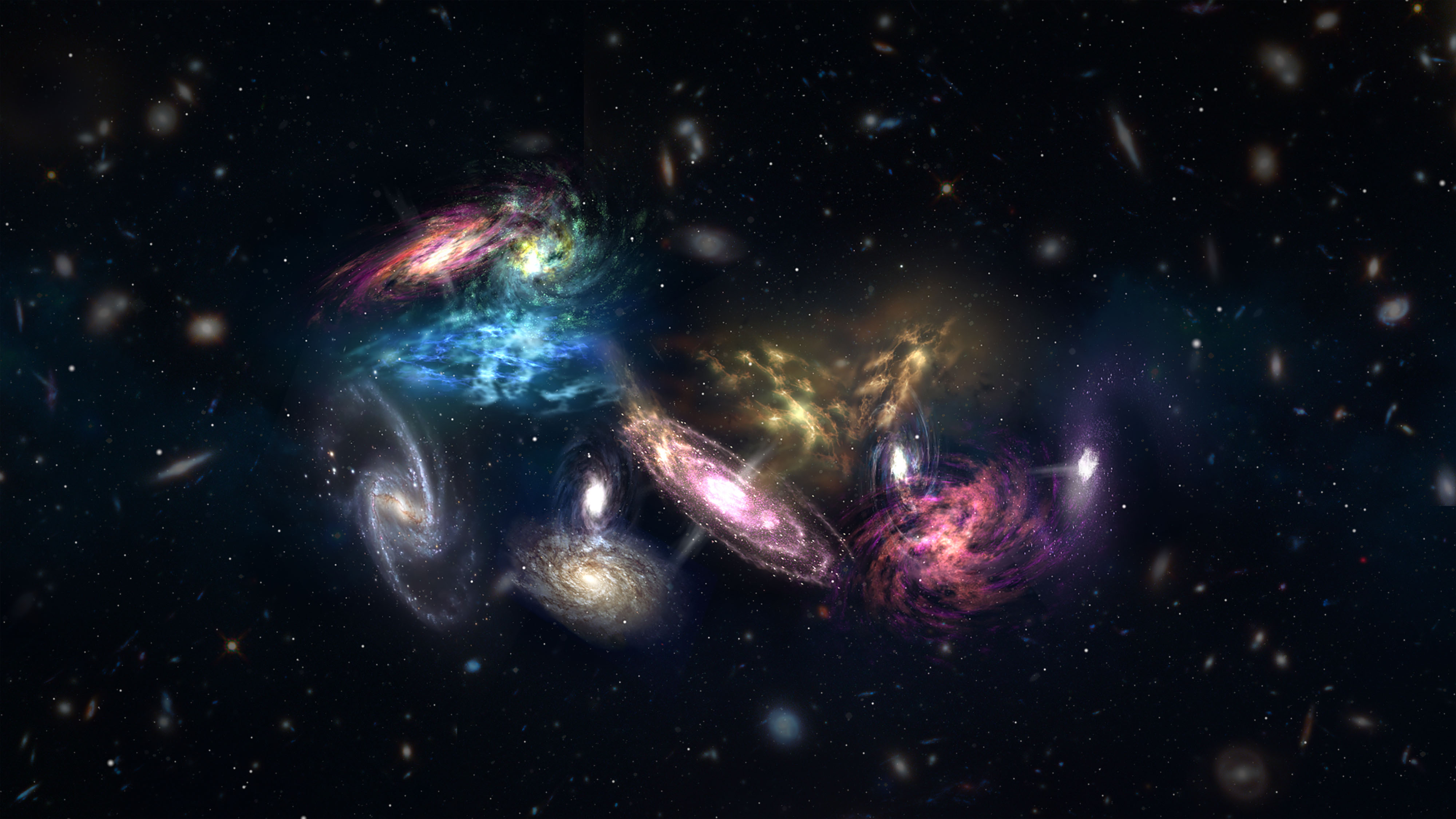
Using the ALMA array, international team of scientists recently observed 14 galaxies in the early Universe that are about to merge to form a galaxy cluster - one of the largest structures in the known Universe
Continue reading
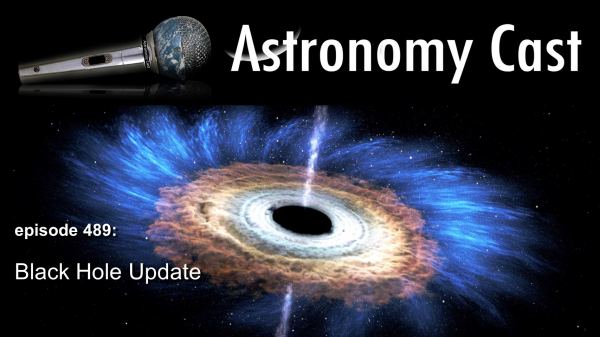
Continue reading
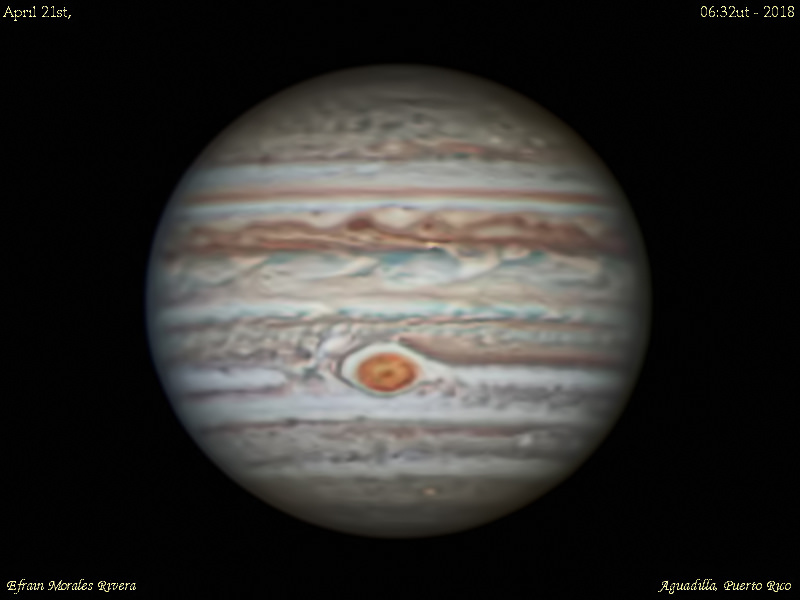
It's a question I've fielded lots this weekend leading up to last night's April Pink Full Moon, and one I expect we'll get again tonight: "What's that bright star near the Moon?"
That bright "star" is actually a planet, the king of them all as far as our Solar System is concerned: Jupiter. May also ushers in Jupiter observing season, as the planet reaches opposition on May 9th, rising in the east opposite to the setting Sun to the west. Jupiter now joins Venus in the dusk sky, ending the planetary drought plaguing many an evening star party.
Continue reading

The 8th test flight of Blue Origin's New Shepard rocket - a major step towards the development of space tourism - will be live-streamed today.
Continue reading
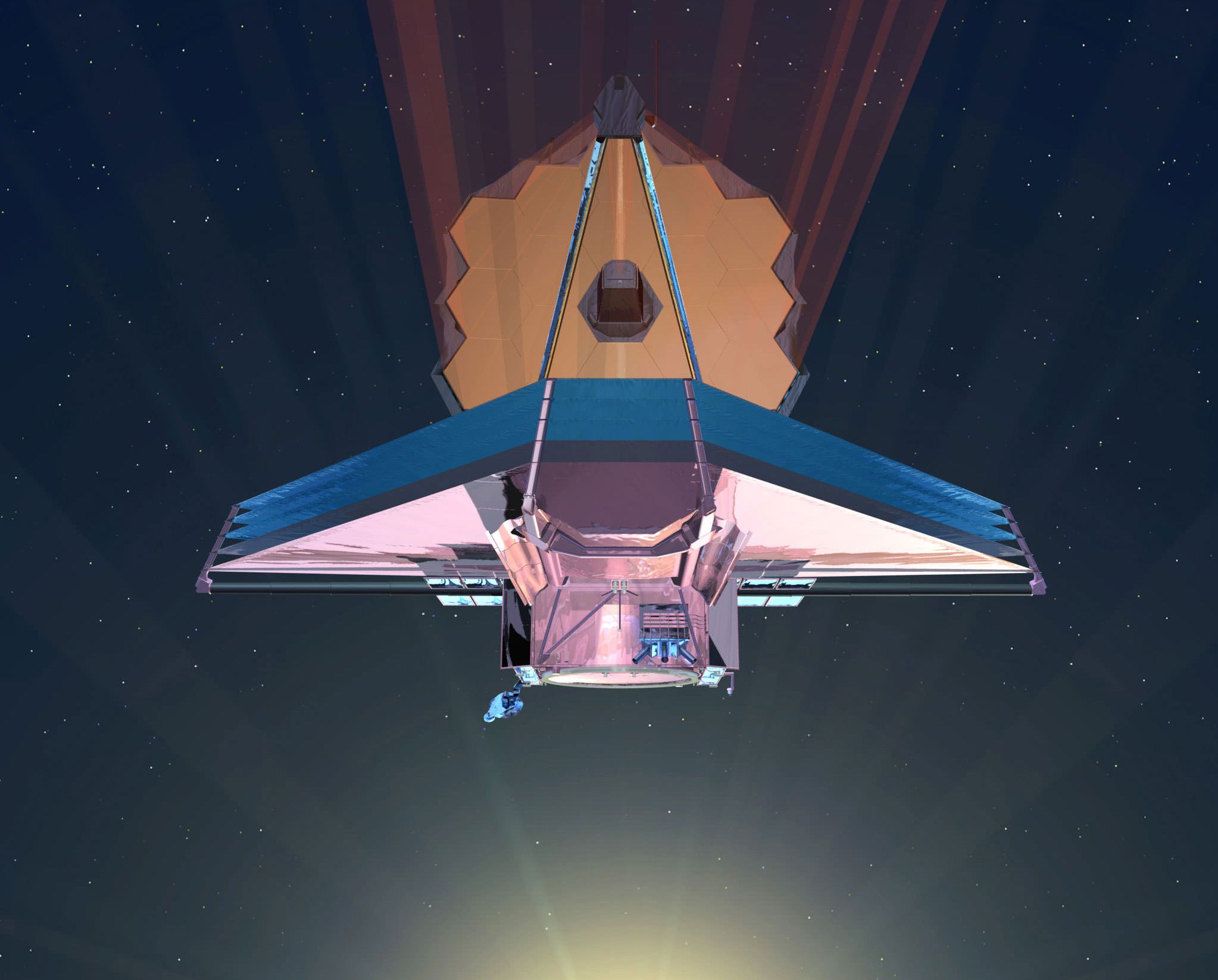
At the recent 2020 Decadal Survey for Astrophysics, four next-generation space telescopes were selected for future development
Continue reading
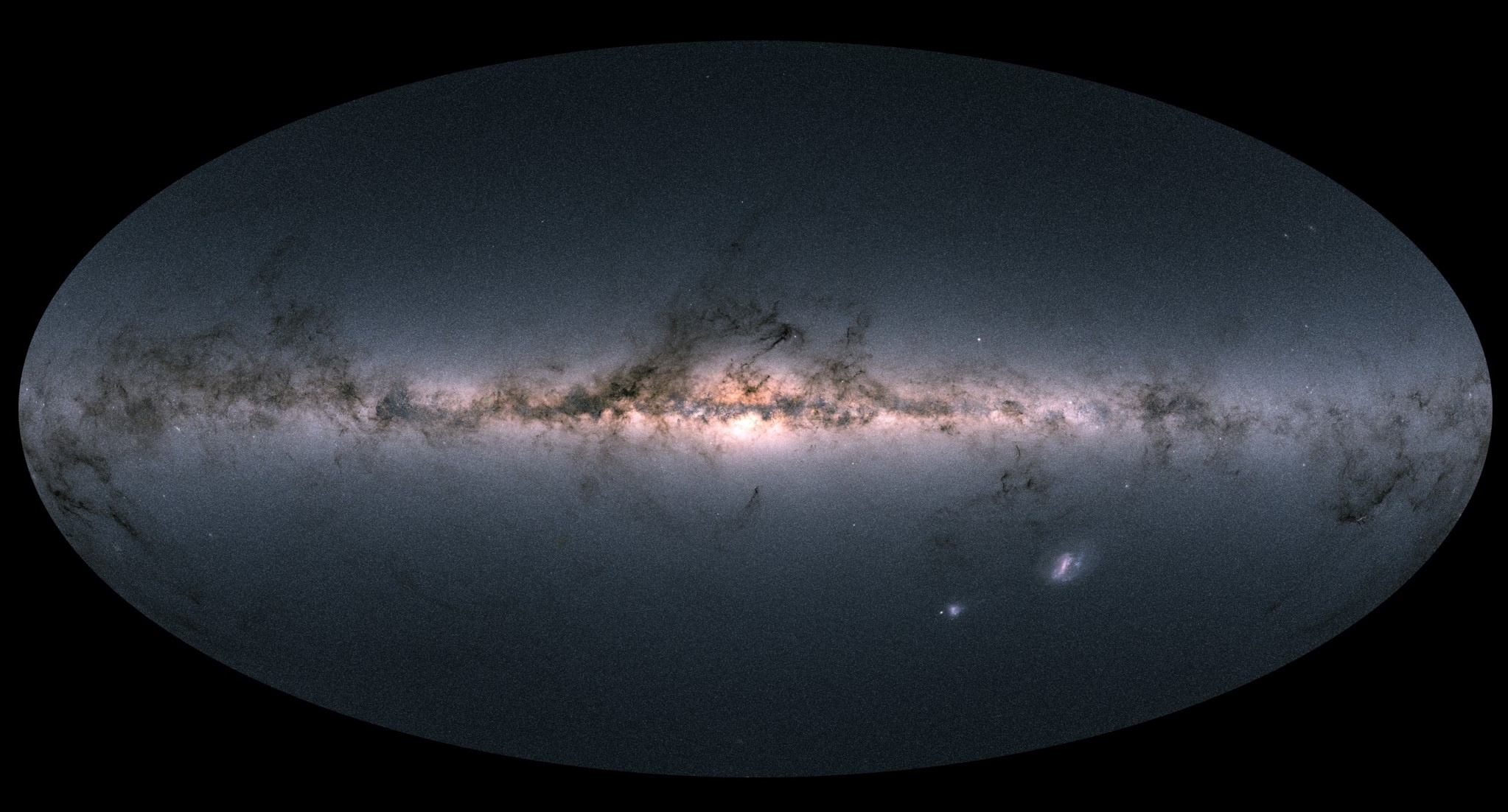
Thanks to the second release of Gaia data, we now know the positions, distances and motions of 1.7 billion stars in the Milky Way
Continue reading
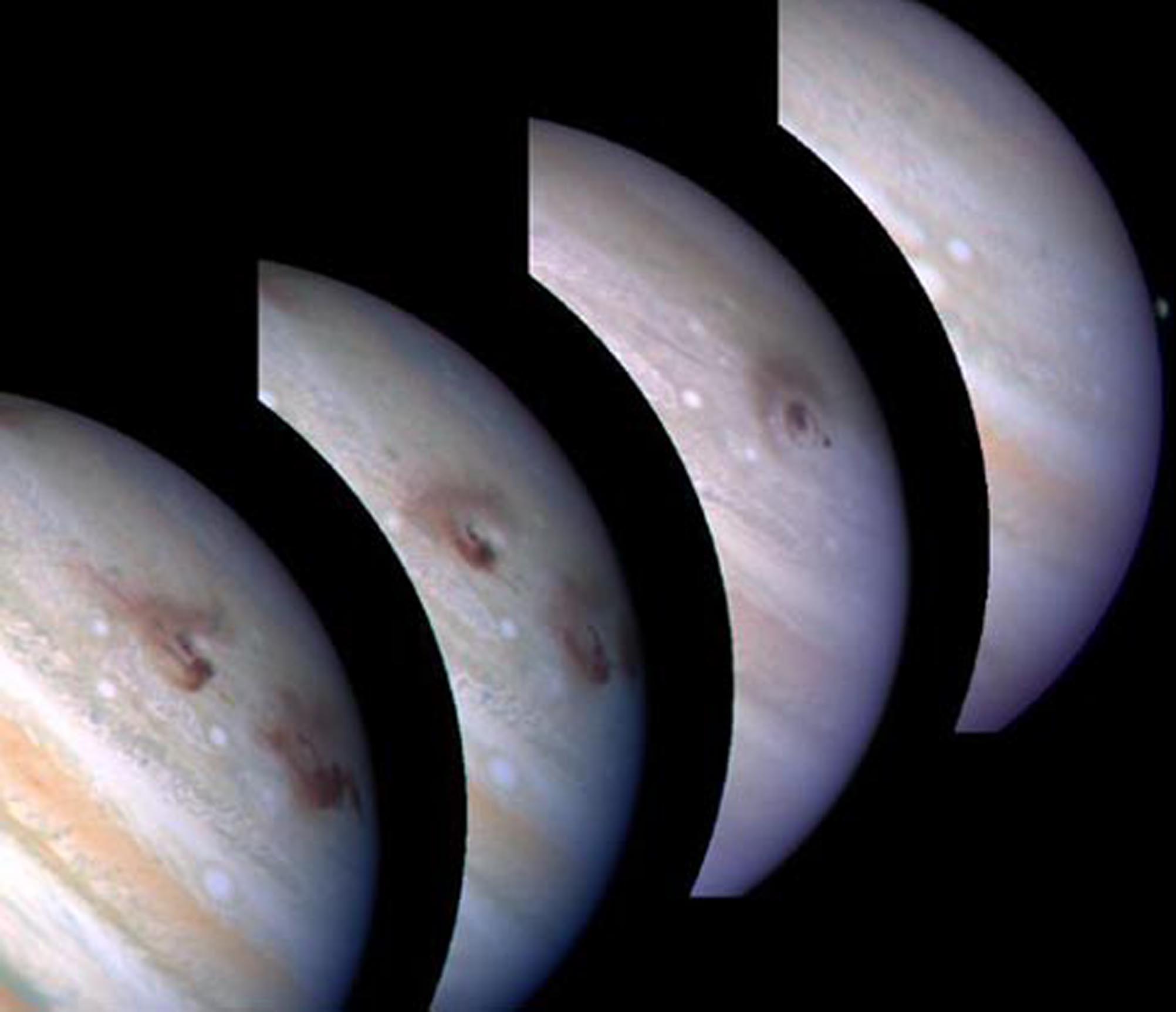
Are you keeping a eye on Jupiter? The King of the Planets, Jove presents a swirling upper atmosphere full of action, a worthy object of telescopic study as it heads towards another fine opposition on May 9th, 2018.
Now, an interesting international study out of the School of Engineering in Bilbao, Spain, the Astronomical Society of France,the Meath Astronomical Group in Dublin Ireland, the Astronomical Society of Australia, and the Esteve Duran Observatory in Spain gives us a fascinating and encouraging possibly, and another reason to keep a sharp eye on old Jove: Jupiter may just get smacked with asteroids on a ore regular basis than previously thought.
Continue reading
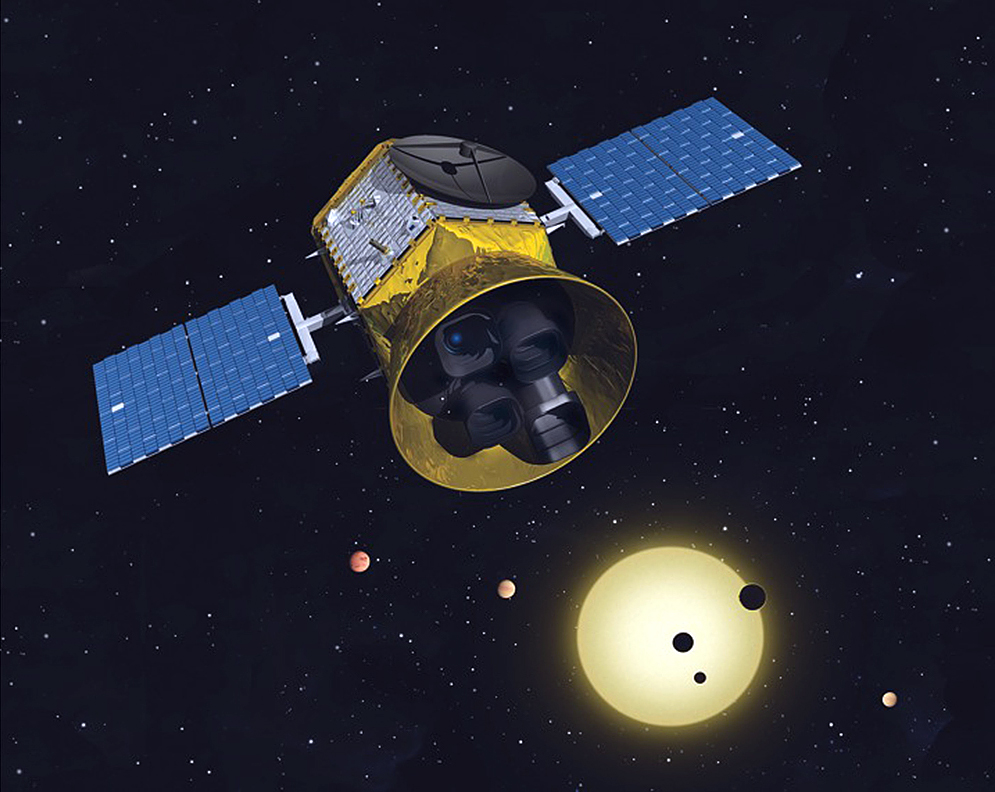
According to a new study, the Transiting Exoplanet Survey Satellite is estimated to find over 4000 planets during its first two-year mission
Continue reading

Continue reading
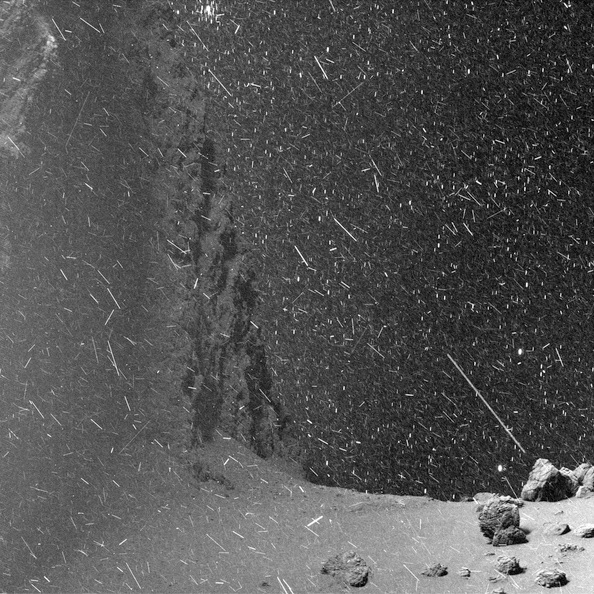
Using images taken by the Rosetta spacecraft, a twitter user created a stunning video that shows what it is like to stand on the surface of a comet
Continue reading
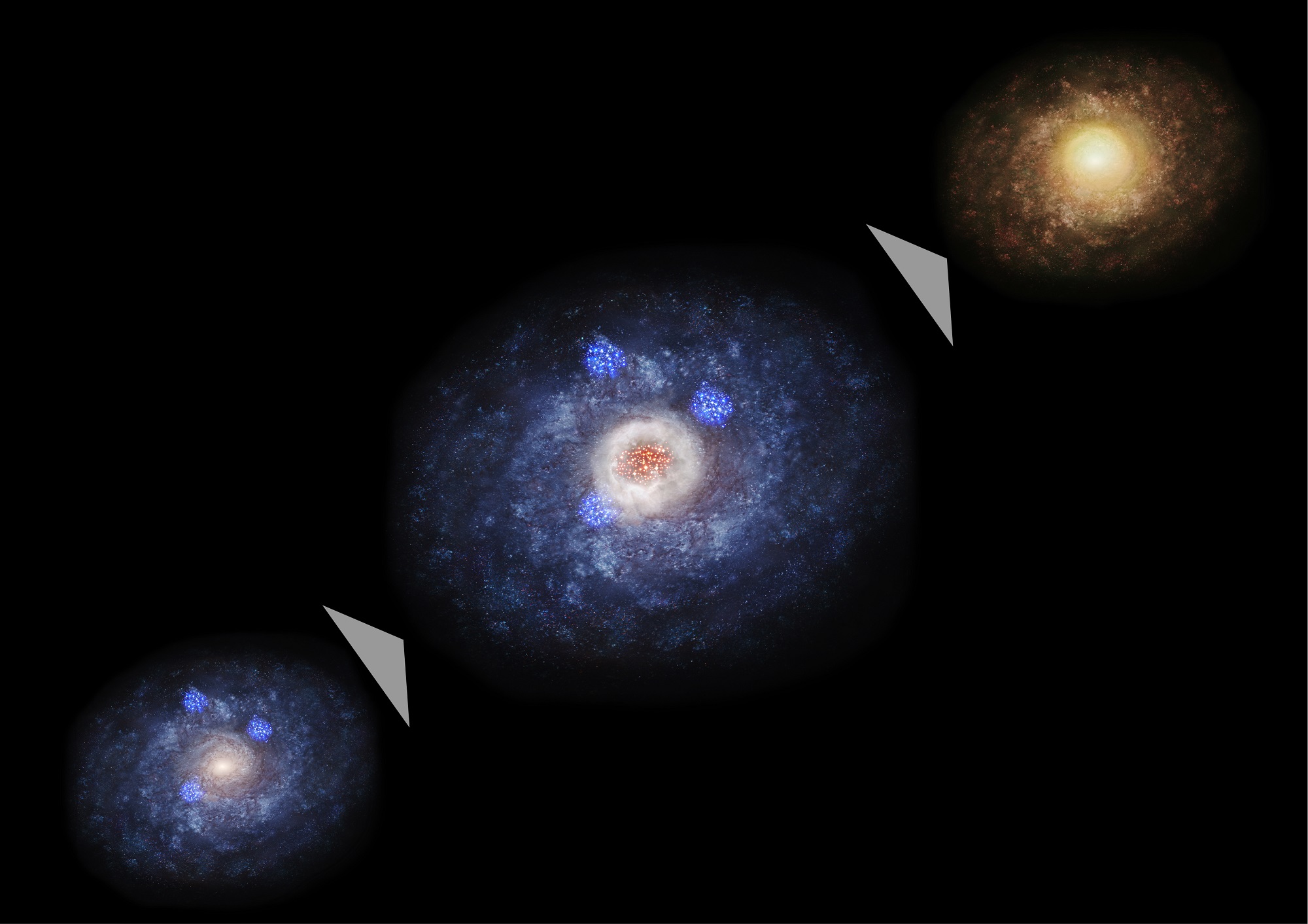
An international team of astronomers recently used deep learning to identify patterns in images of galaxies taken by the Hubble Space Telescope
Continue reading
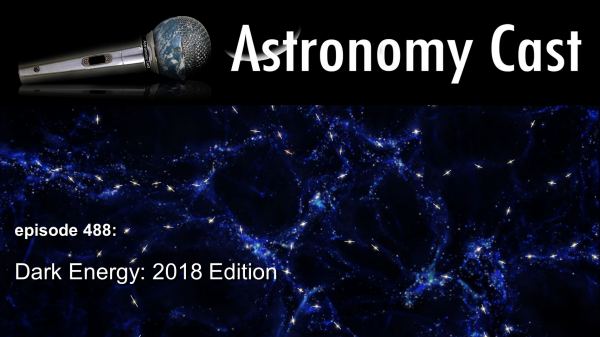
Continue reading
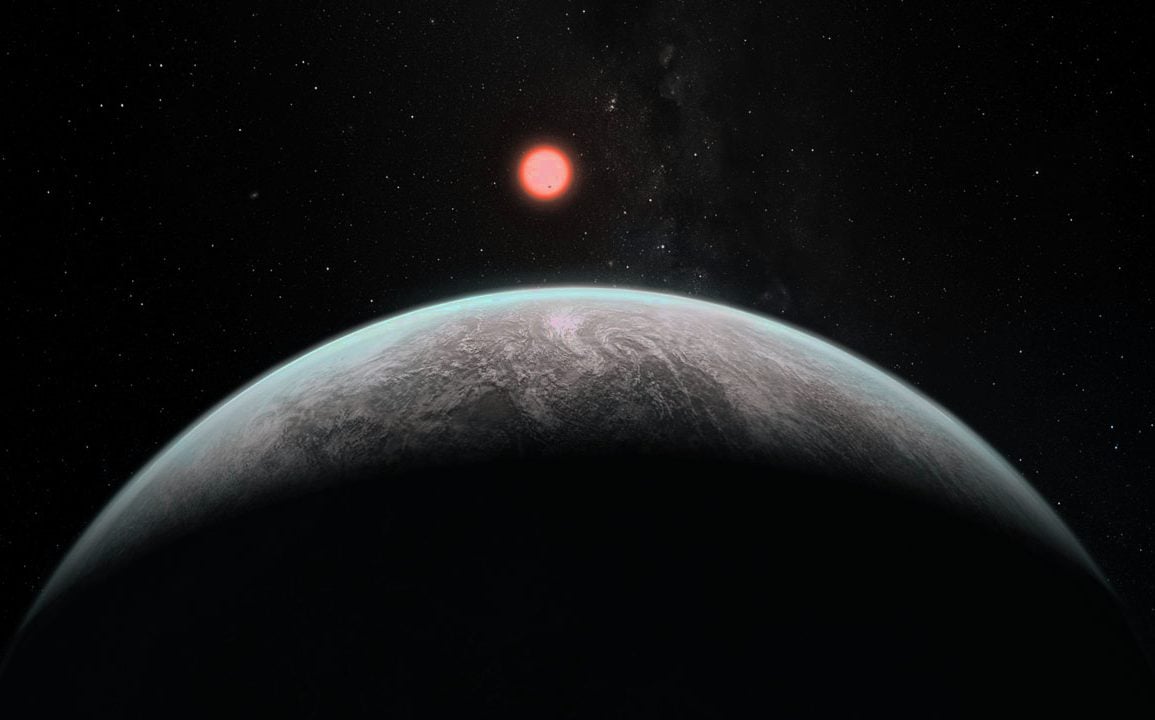
In a new paper, two professors consider what we have learned from studying Earth from space, and how this might allow us to find an Earth 2.0.
Continue reading

Continue reading
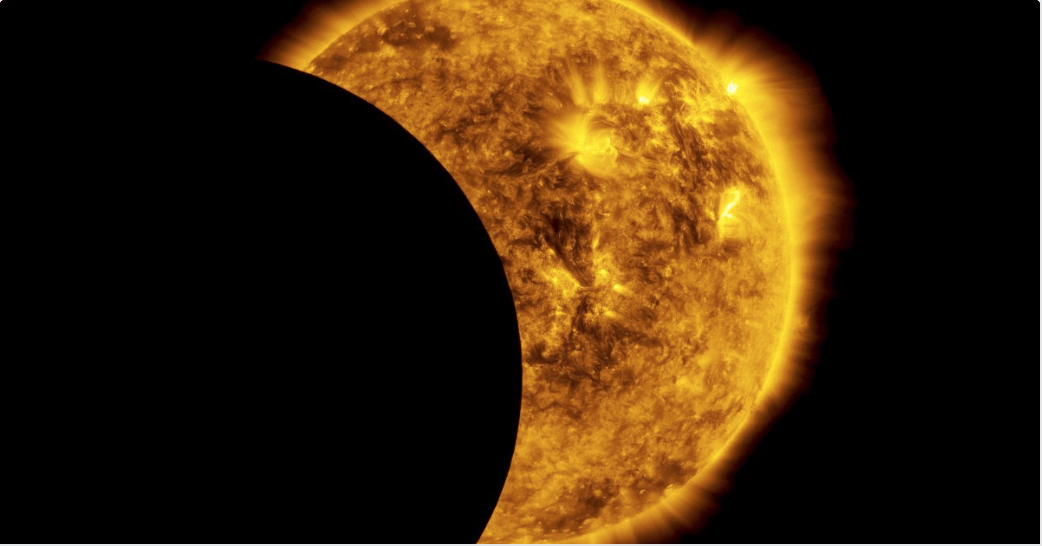
An international team of scientists has developed the DARKNESS camera, which will allow astronomers to directly study planets around nearby stars.
Continue reading

The ESA's Swarm satellites recently began monitoring Earth's oceans to determine how they contribute to Earth's magnetic field
Continue reading
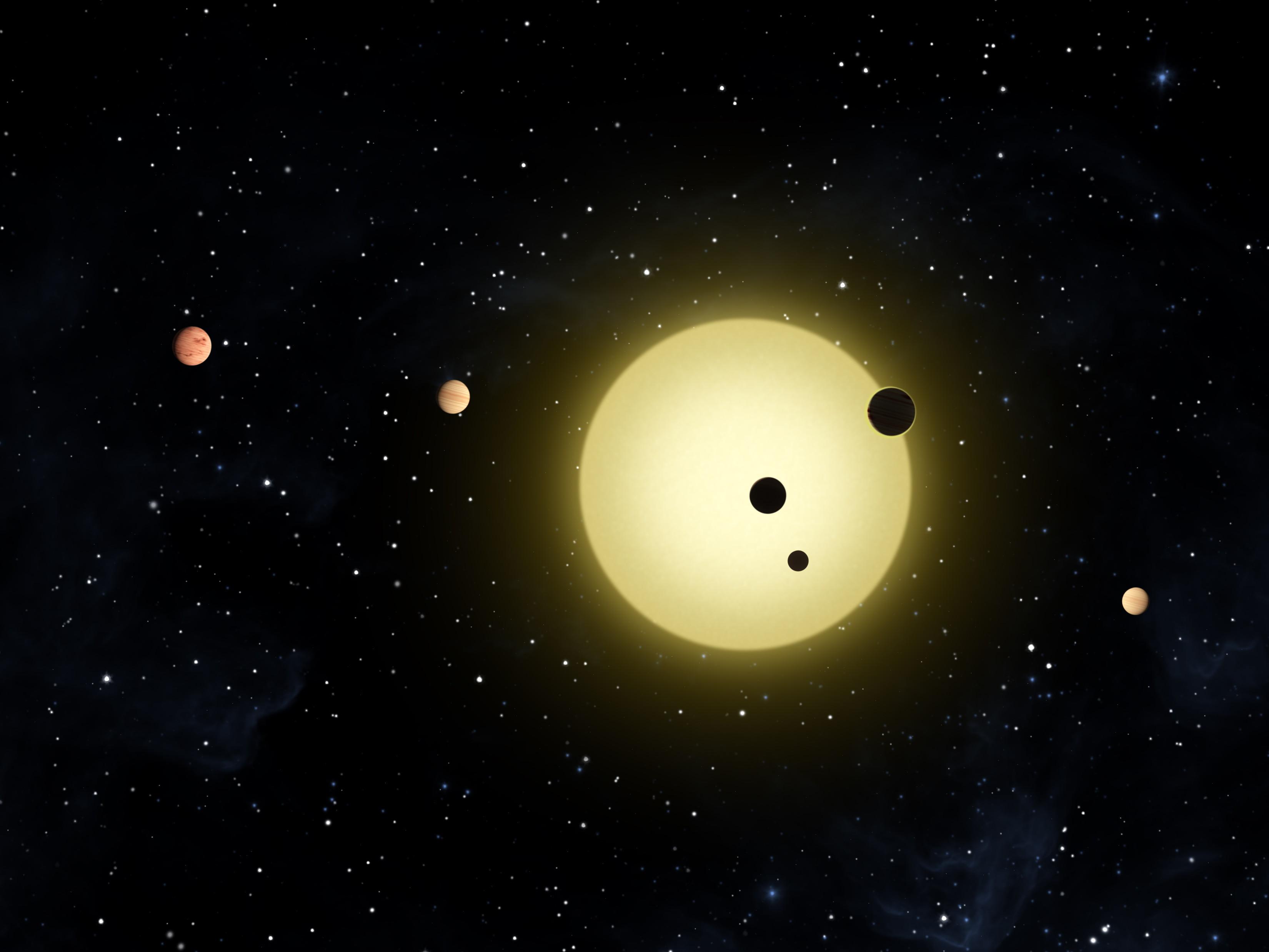
According to two new papers submitted by a Harvard Professor and an independent scientists, extra-terrestrials might have a hard time getting out into space.
Continue reading

A new study provides evidence of a so-called lost planet that was formed in the early days of the Solar System, and subsequently destroyed in a collision.
Continue reading
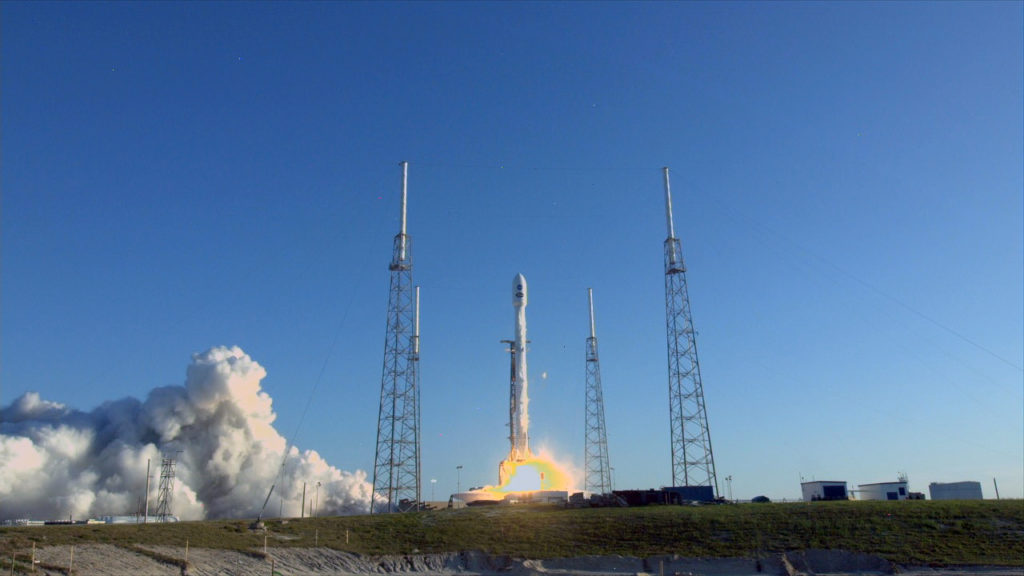
A SpaceX Falcon 9 rocket blasted off from Cape Canaveral today, carrying NASA's Transiting Exoplanet Survey Satellite into space. This is a changing of the guard as we say goodbye to Kepler and welcome this newest planet hunter into the skies, ready to help us find another Earth.
Continue reading
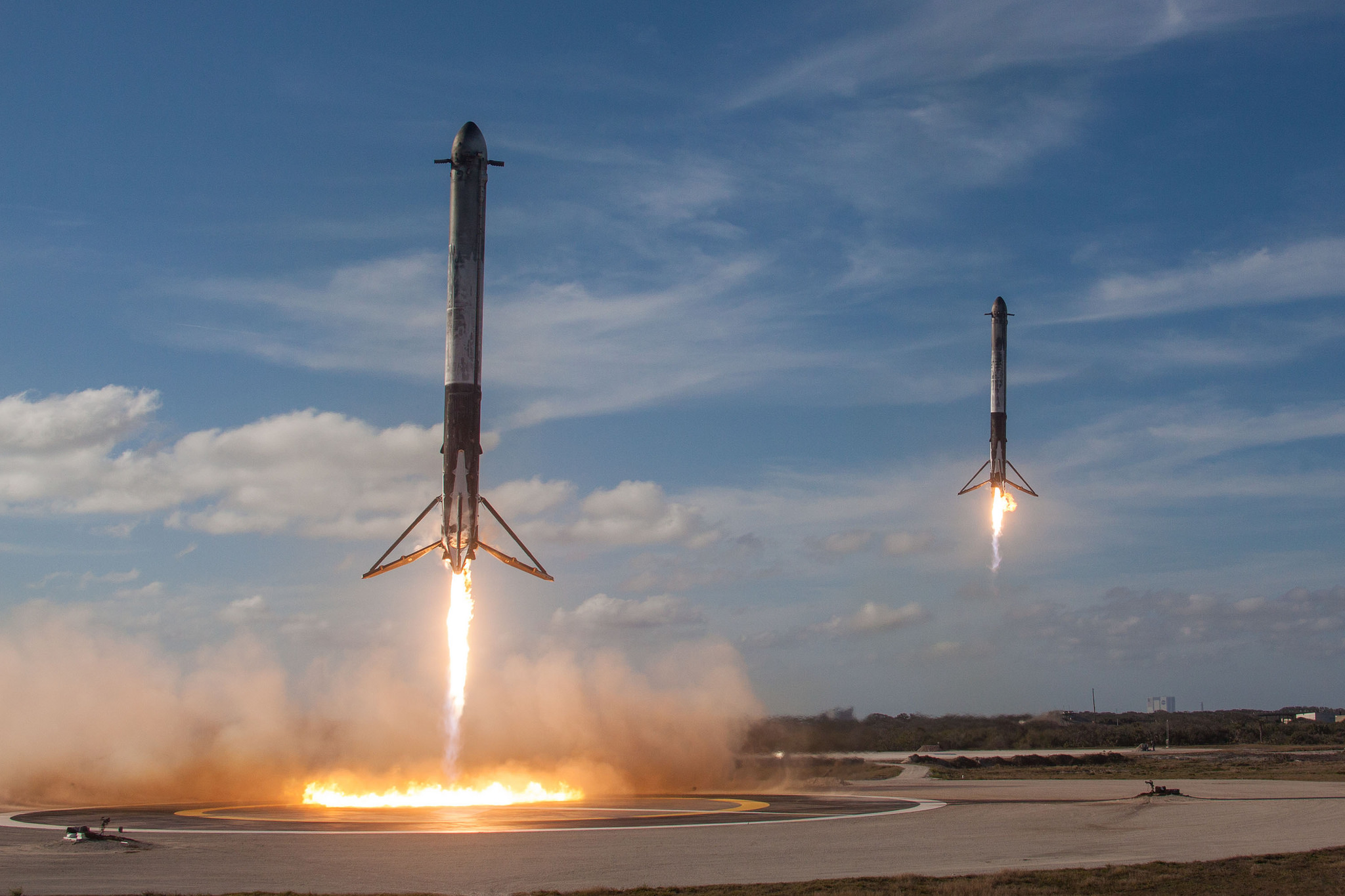
Elon Musks hints in a tweet that SpaceX wants to use "giant party balloons" to retrieve upper stage rockets.
Continue reading
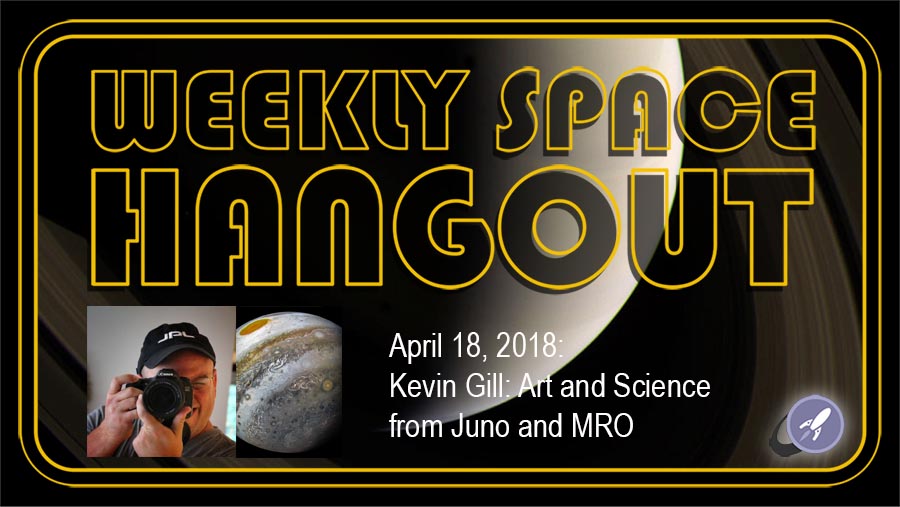
Continue reading

A pair of scientists who were part of the first gravitational wave discovery have developed a way to listen to the background noise of the Universe to detect thousands more.
Continue reading
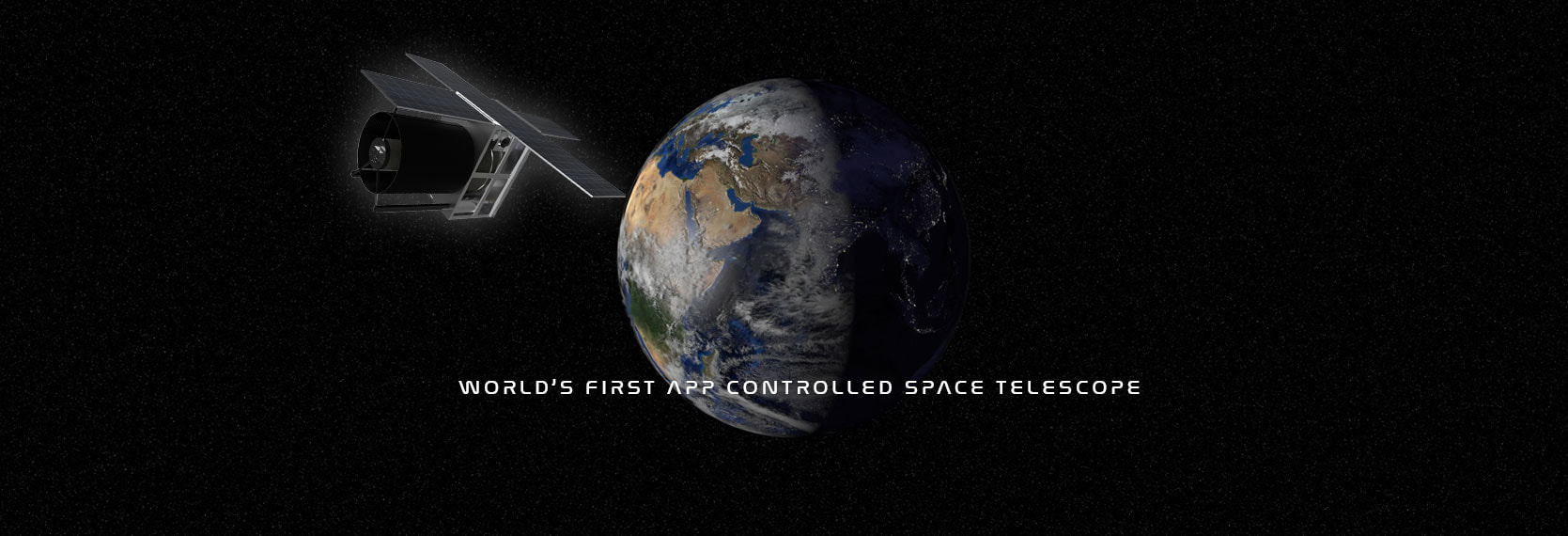
Next year, Randy Chung and Sean League of Space Fab will be launching the world's first space telescope that will be accessible to everyone!
Continue reading
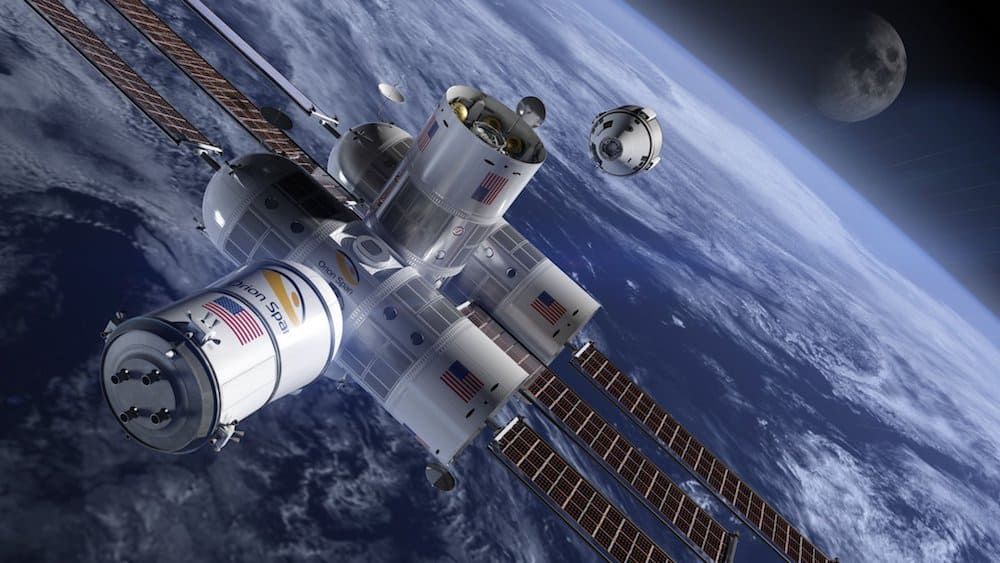
Aurora Station will be the first luxury hotel in space. The station will be open for business in 2022.
Continue reading

Continue reading

According to a new study by a team of researchers, it is possible that we might find evidence of another industrial civilization in the geological record
Continue reading
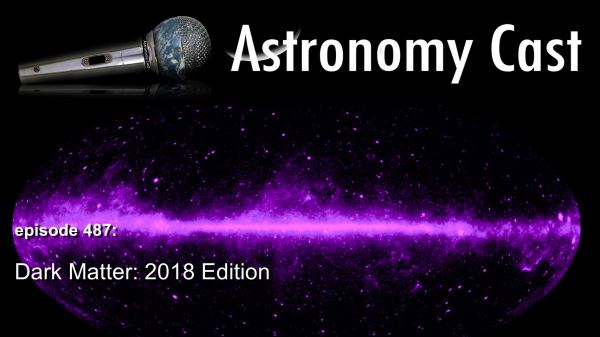
Continue reading
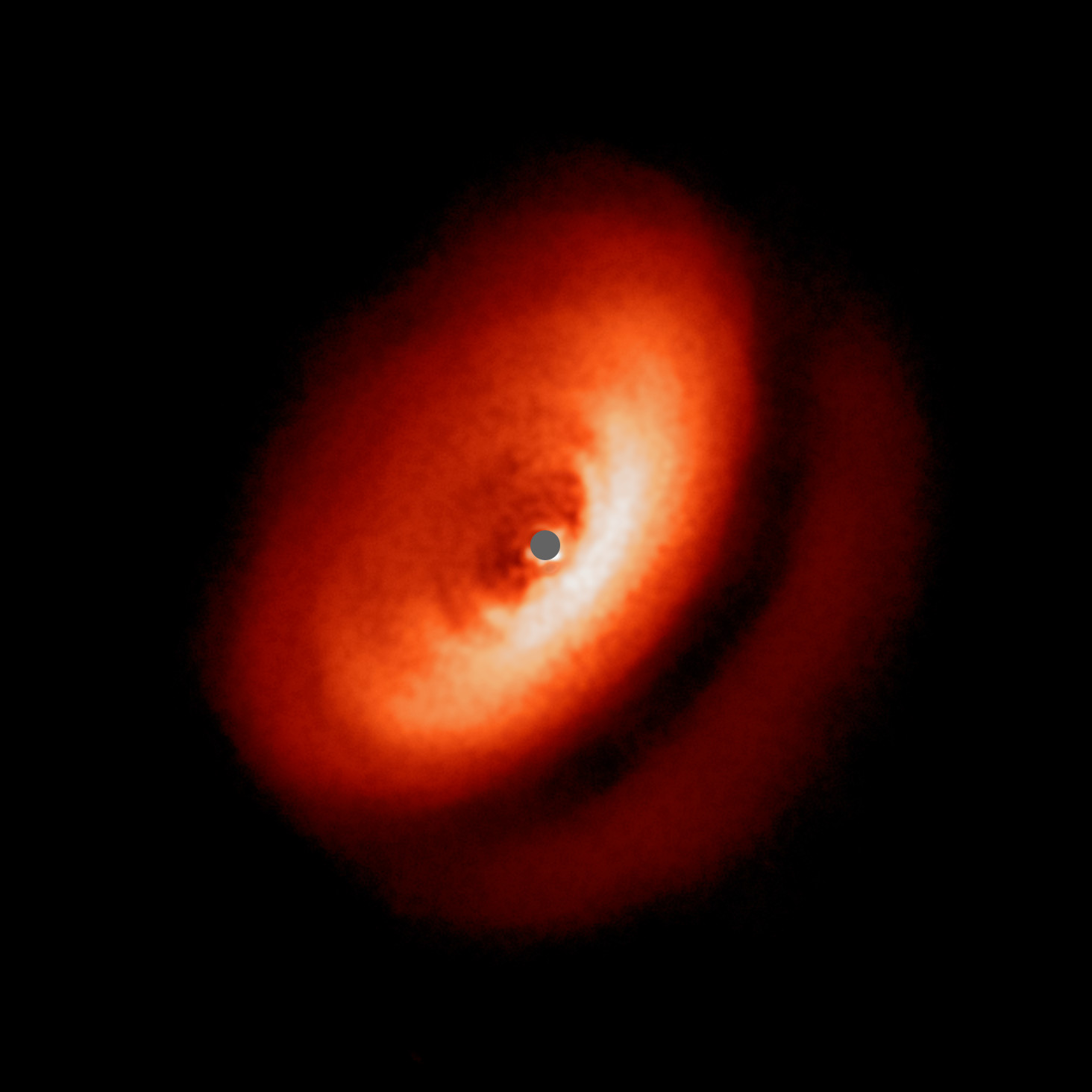
New images from the European Southern Observatory show the stunning variety of discs of gas and dust that surround young stars.
Continue reading
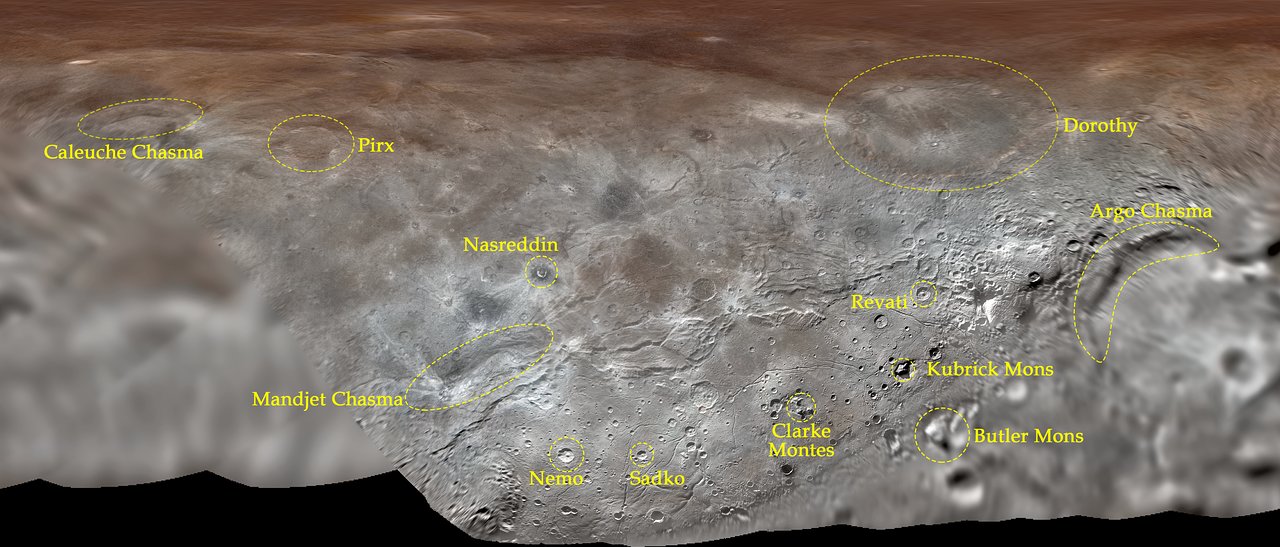
The IAU just approved of a dozen names for features on Pluto's moon Charon, which include mountains named after Octavia Butler and Sir Arthur C. Clarke.
Continue reading
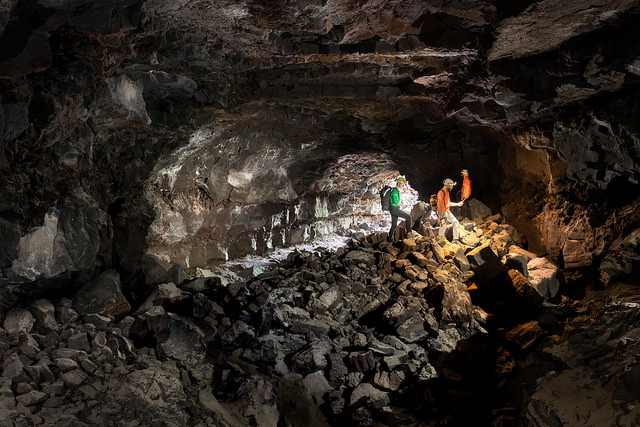
When humans try to live on the Moon and Mars, they're going to need protection from the harsh environments. Fortunately, there are ready-made homes on these worlds: lava tubes.
Continue reading
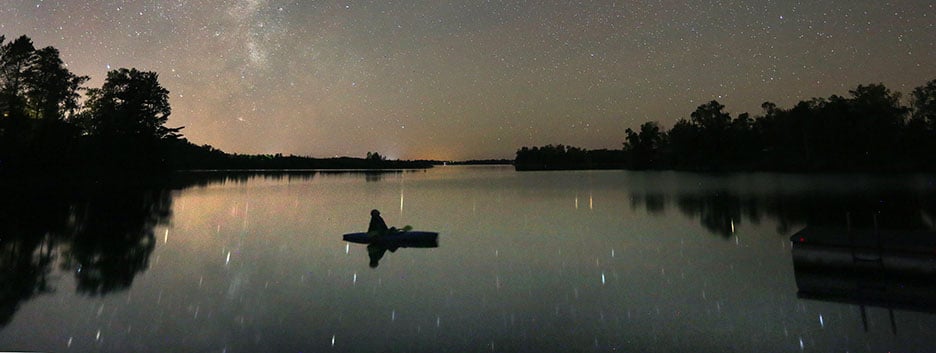
Want to make sure you don't kick the bucket before seeing the best the night sky has to offer? Then be sure to check out my new book: "Wonders of the Night Sky You Must See Before You Die."
Continue reading
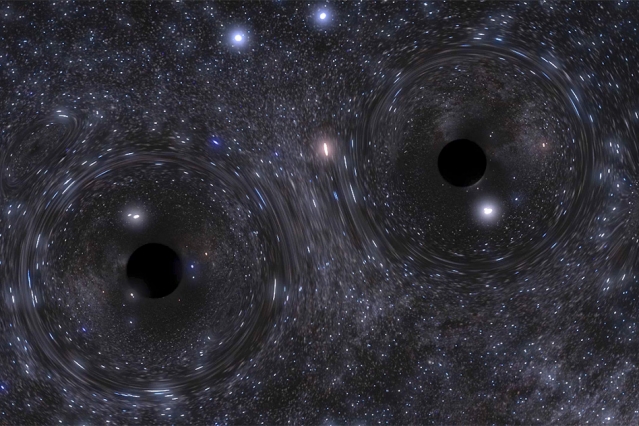
According to a new study by an international team of astronomers, black hole mergers are common in globular star clusters
Continue reading
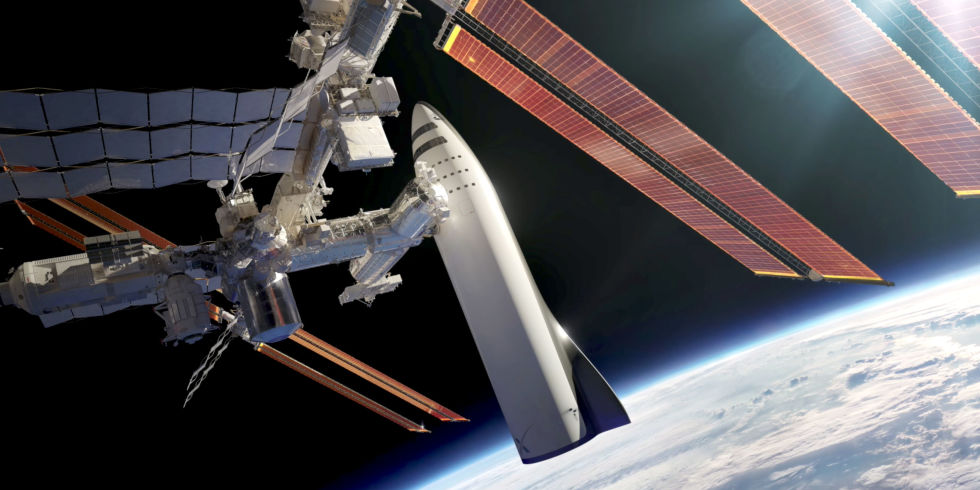
Elon Musk just released an Instagram post showing a key component of the upcoming BFR - the main body tool that will assemble the fuselage
Continue reading
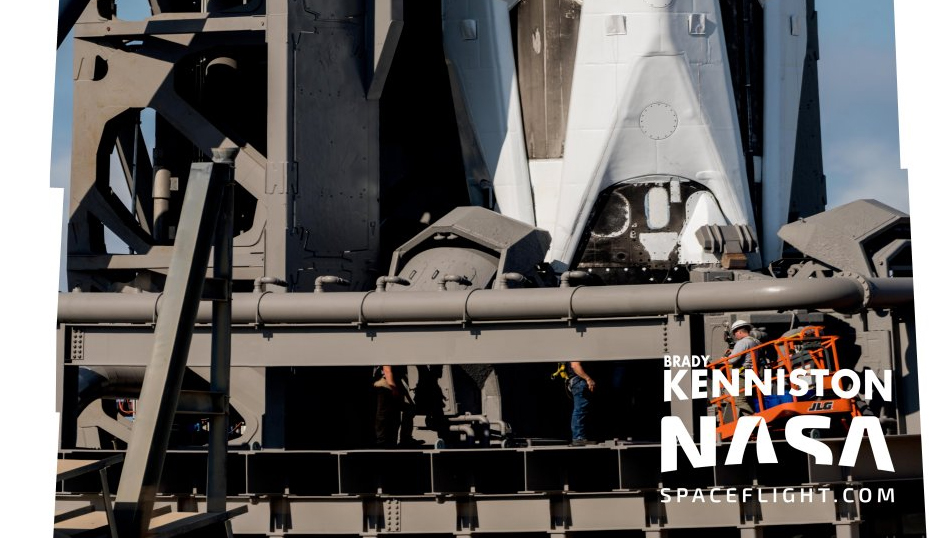
Continue reading
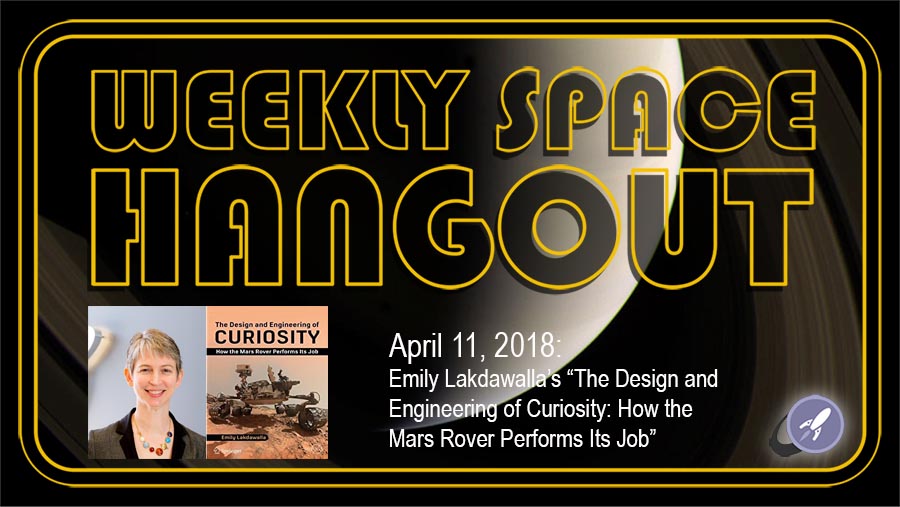
Continue reading

Continue reading

Astrophotographer Damian Peach raised the alarm on Twitter this past week, of a possible bright storm emerging of the planet Saturn. The spot was noticeable even with the naked eye and in the raw video Peach captured, a sure sign that the storm was a biggie.
Continue reading

 Universe Today
Universe Today












































